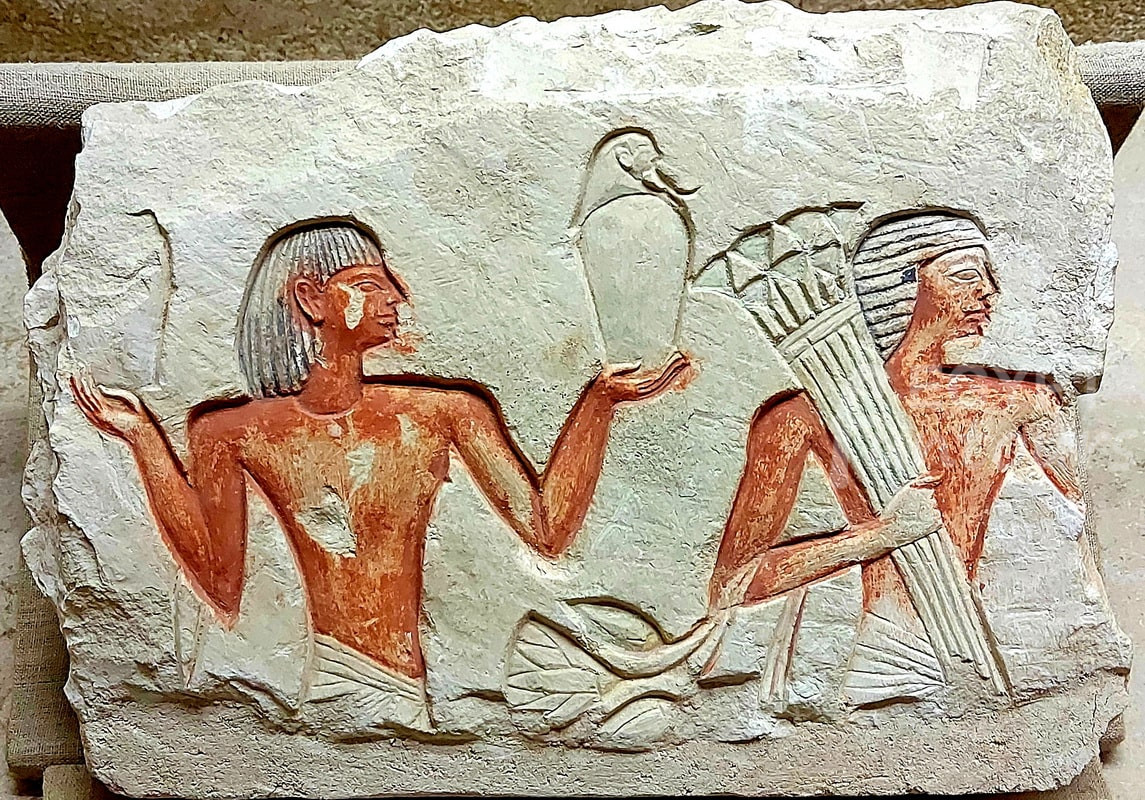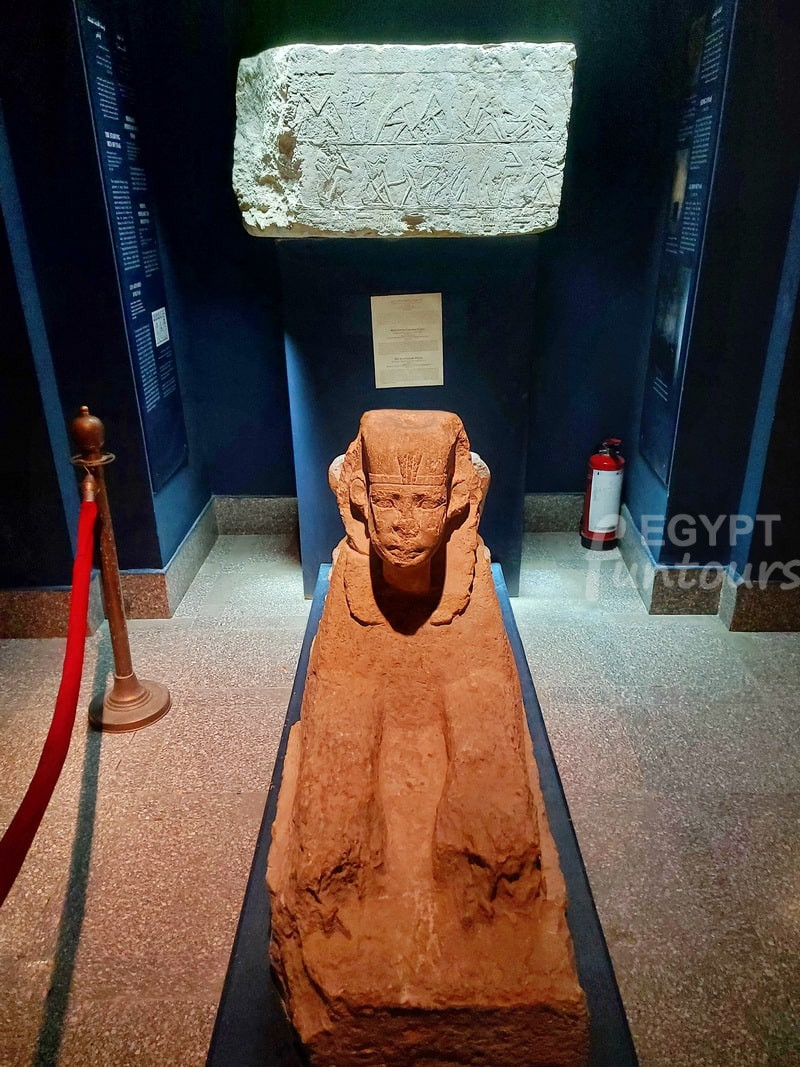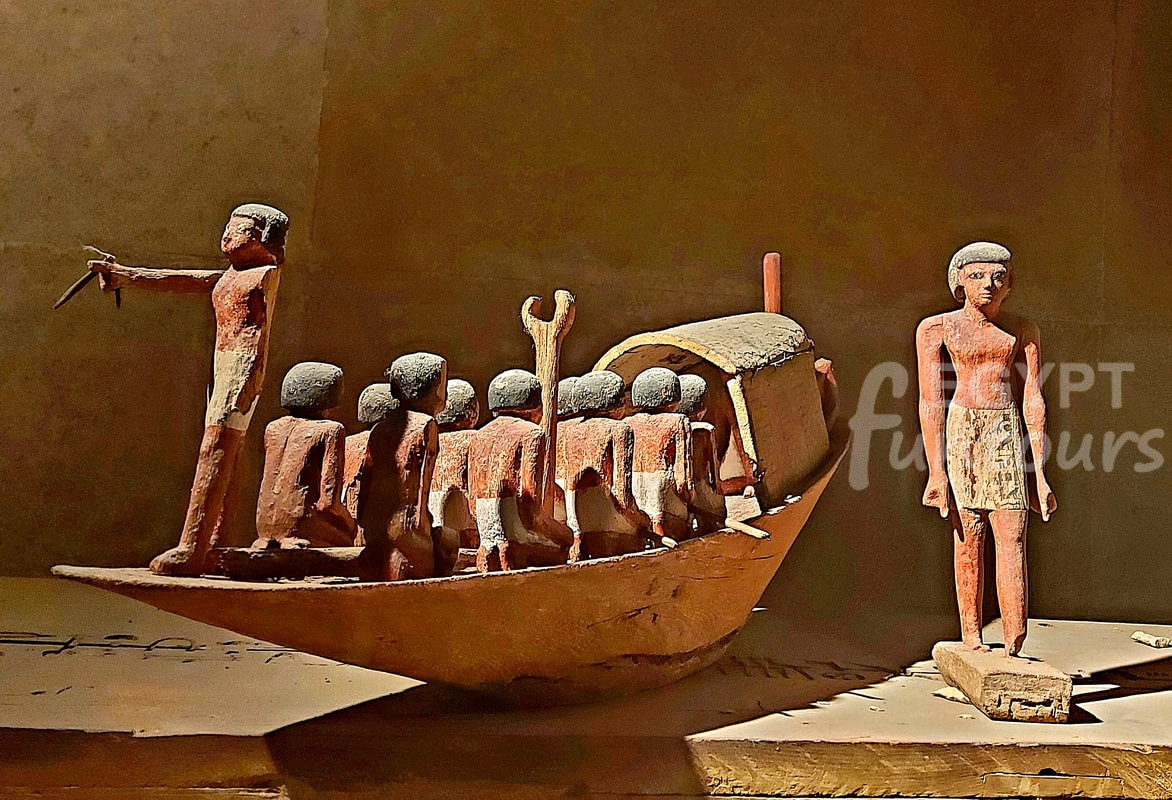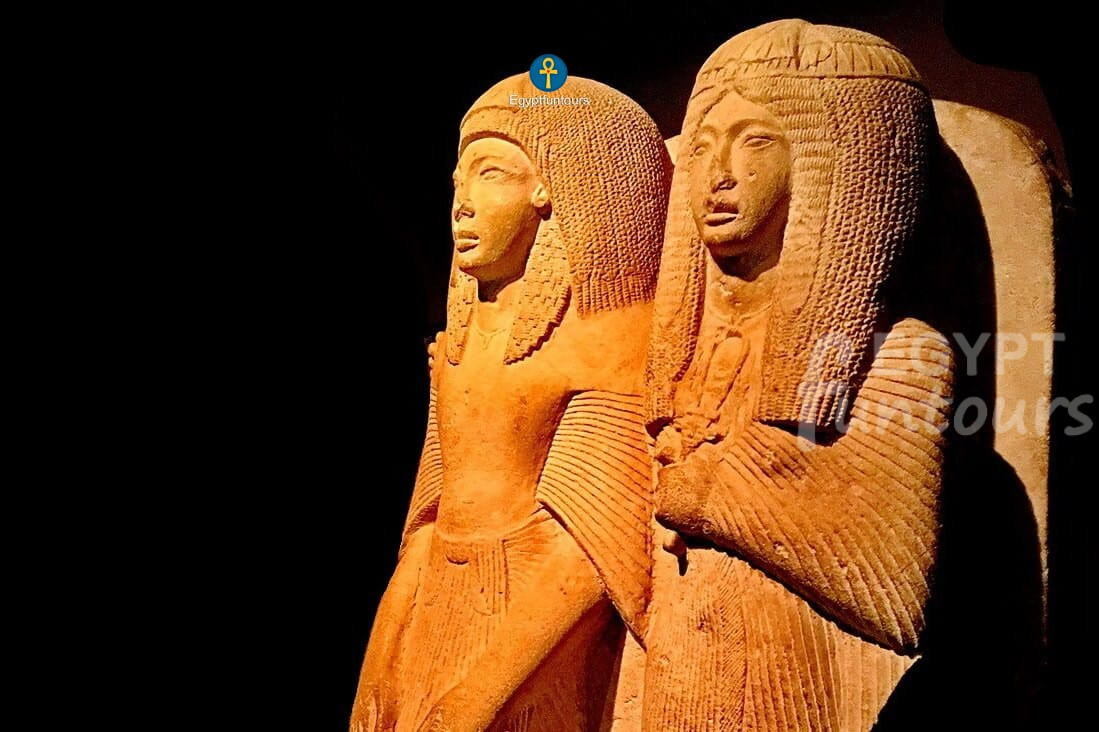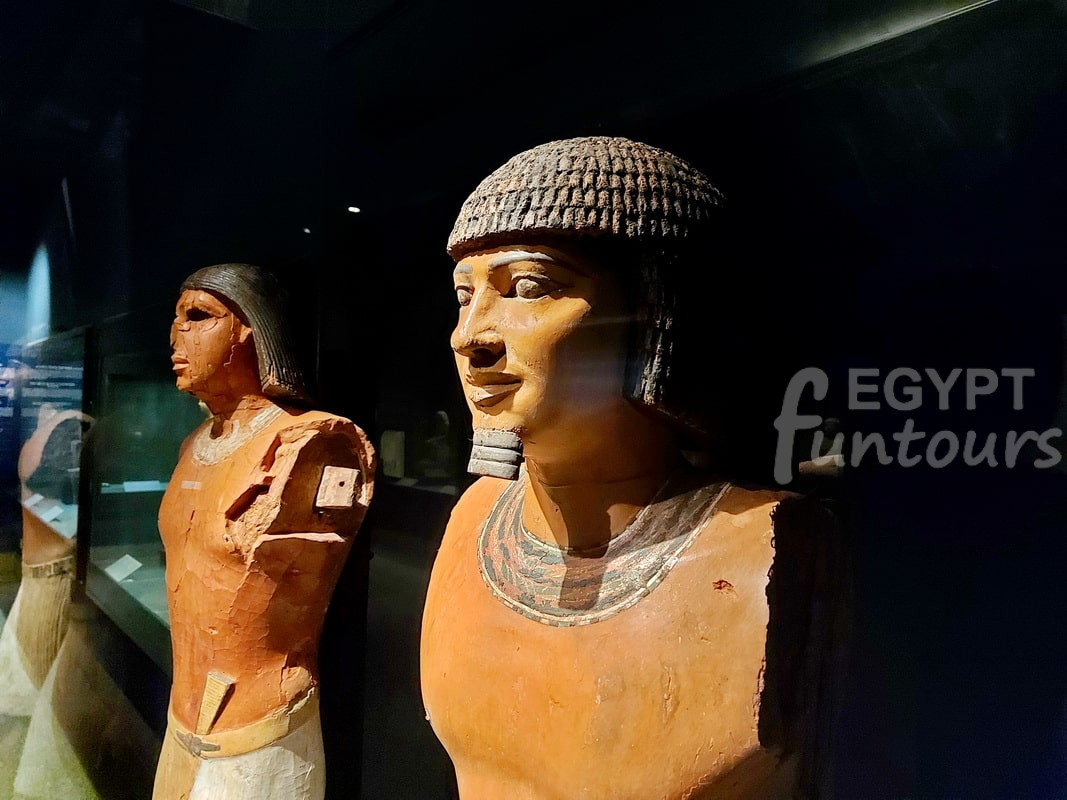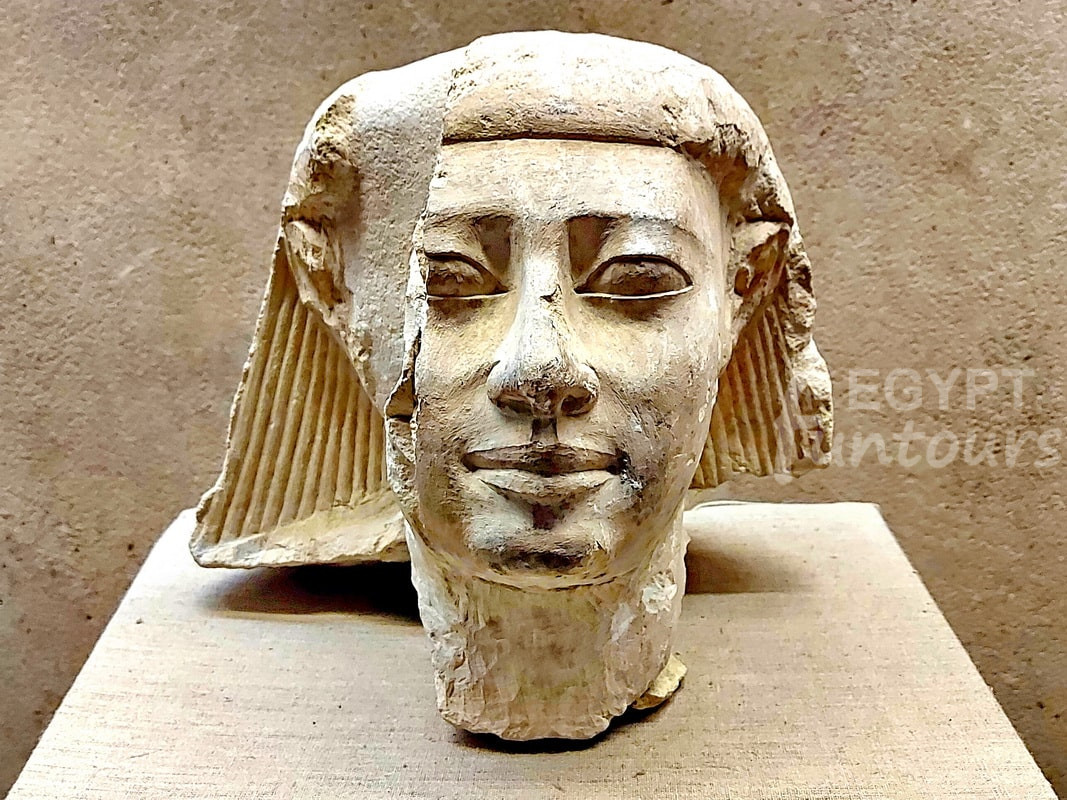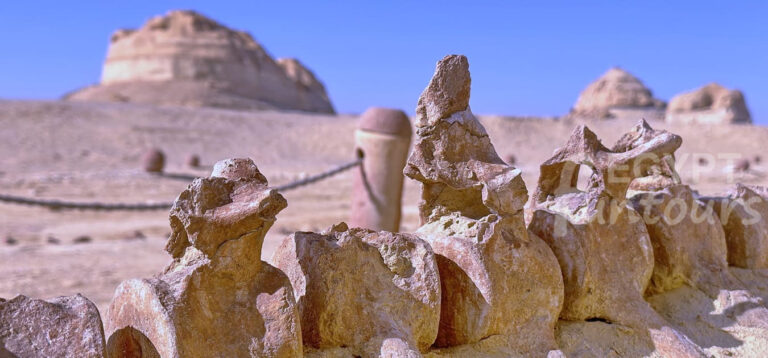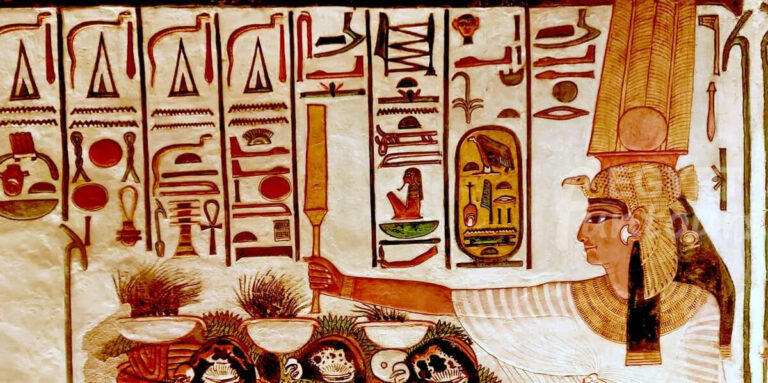Your journey into the ancient world of Saqqara, the “Land of the Pyramids,” begins at a modern, world-class museum. Welcome to the Imhotep Museum.
This beautiful, contemporary museum sits right at the entrance to the Saqqara archaeological site. It is the perfect introduction to your visit. It tells the story of the genius who invented stone architecture and the pyramid itself, giving you the context you need to appreciate the wonders you’re about to see.
Before you see the Step Pyramid, you must first meet the man who built it.
honors Imhotep’s memory. He was one of ancient Egypt’s most accomplished architects. He conceived the idea of building pyramid-shaped tombs. Imhotep built the Step Pyramid of Djoser. This was Egypt’s first pyramid. He also built a complex around it. Djoser’s Step Pyramid is the world’s oldest surviving stone structure









